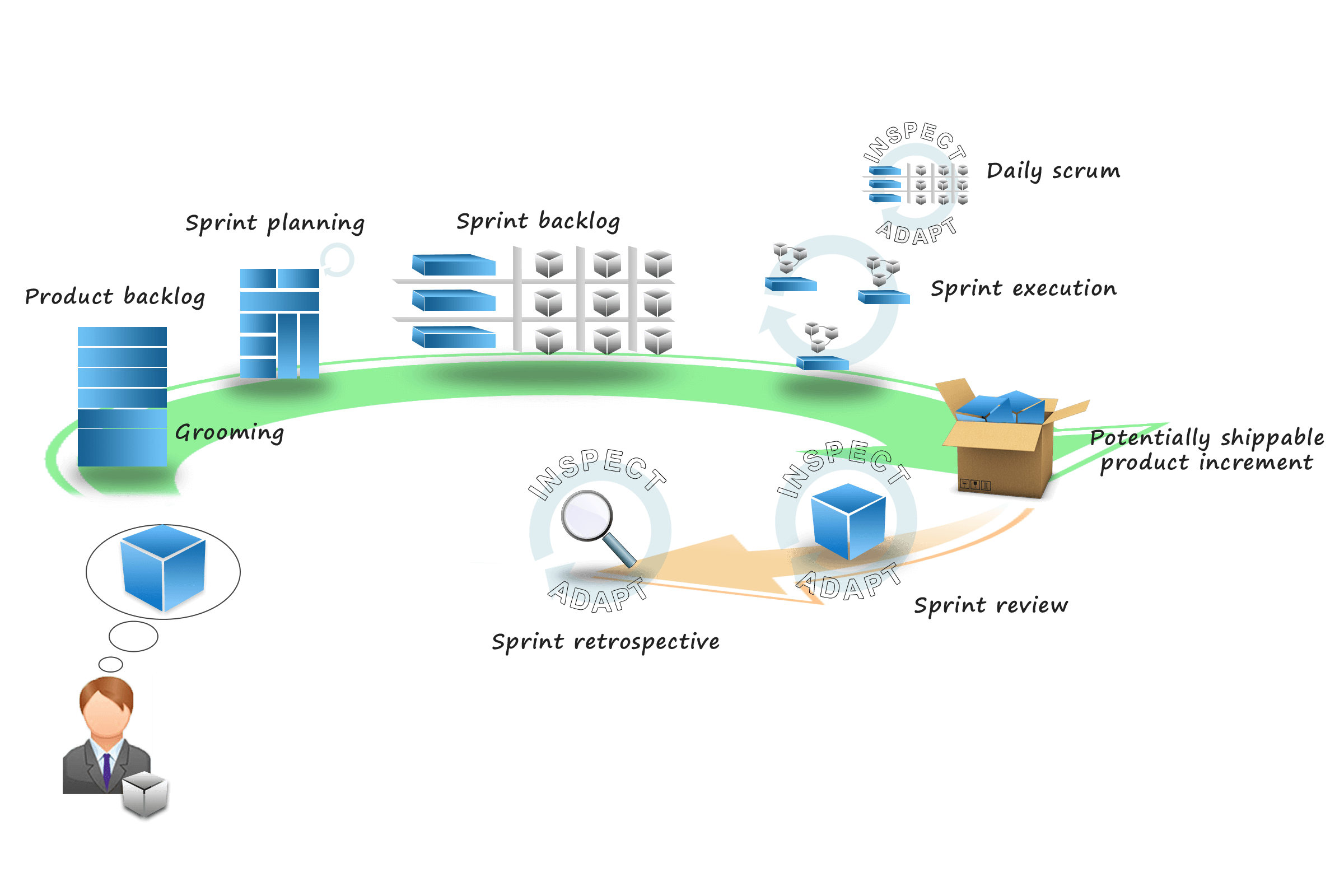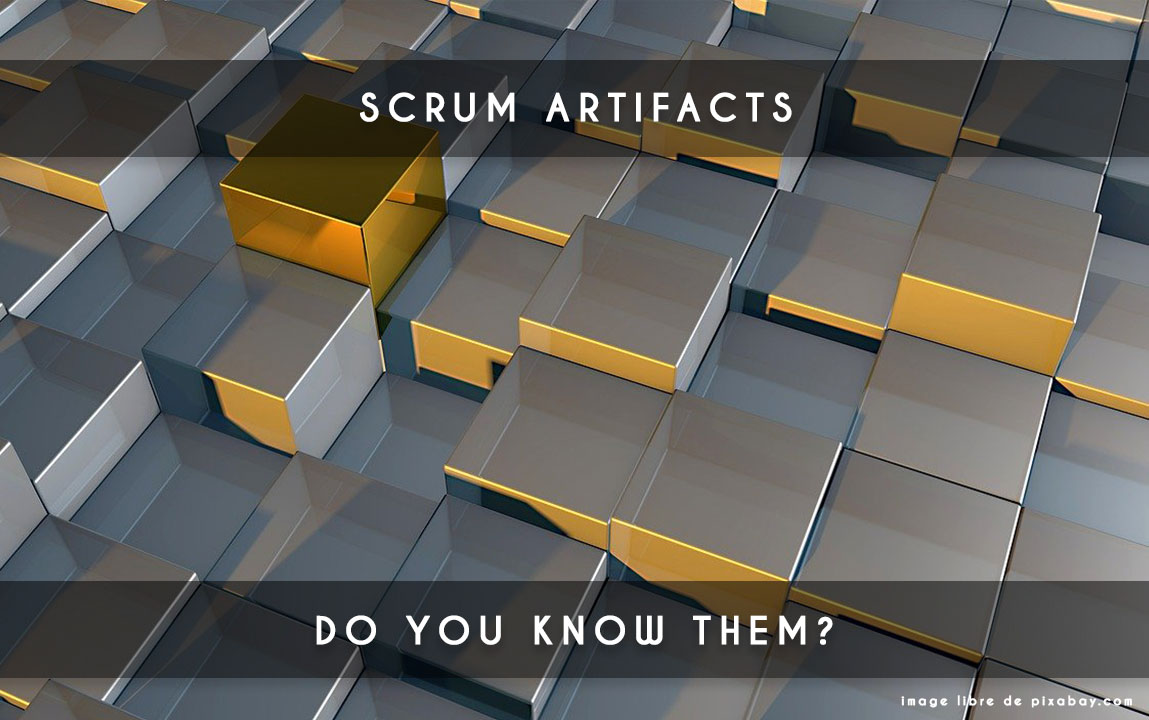
It is only by seeing that one can believe. Although the qualifications for stories and cases are distinct, both are very popular. Therefore, User Stories and Use Cases are both utilized to provide as much information as possible about each situation and feature of the app.

Defines other features such as negative flows, UI components, and exceptions, among others.Keeps track of how a user will interact with the environment in different settings.Incremental development in nature and updated during the lifecycle of the project.Arranges the functional requirements logically.Use cases are needed for identifying, defining and organizing system needs.Ī use case is written from the point of view of a user, and it accomplishes the following goals: On the case side, every work attempts to meet ’specifications,’ and a use case is a document that describes these requirements. If the user’s login details are verified, the system will redirect him to the dashboard.The program should allow the user to input his identity, date, and place of birth, and address.The system should be able to sort values in increasing and decreasing order.Use Cases or User StoriesĪ user story is a document created from the viewpoint of an end-user/client/customer in an agile development environment that describes the functionalities that a business system should deliver. Here are some samples of the most prevalent ones. You will be capable of thinking through the entire operation of your product with its assistance, ensuring that nothing is left out, and effortlessly explaining it to anybody associated.Īrtifacts can be found in many different places of any particular piece of software. Business Process ModelBoth developers and Product Owners will benefit greatly from this artifact.


Enables developers to see the project from a different perspective. Context DiagramA section of the Vision & Scope Document demonstrates how your program will integrate with other users and applications.Vision & Scope DocumentThe standard document includes your long-term vision of the product and commercial goals, limitations, and a summary of the primary features that will be created.The first phase in requirements analysis determines the prospective app’s overall vision, what scope of work is anticipated for the original, and if you already know subsequent phases.


 0 kommentar(er)
0 kommentar(er)
